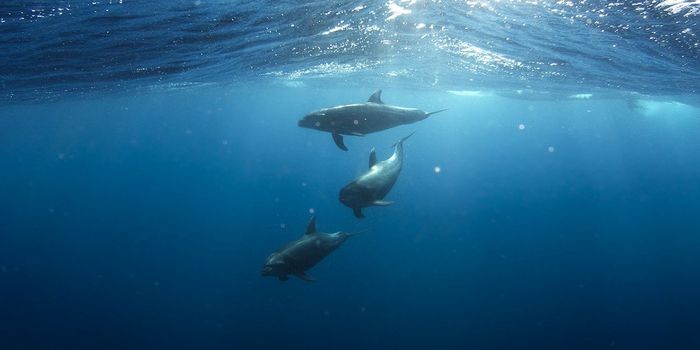Mythology aside, interspecies breeding is unsuccessful for the majority of the time due to fundamentals of genetics. In some rare instances, however, a hybrid offspring is born to two parents of different species. The mule, produced from the cross between a female horse and a male donkey, is a classic example of a crossbreed. But why can't hybrid animals, like the mule, make more copies of their special selves?
Most hybrid animals are sterile. The genetic recombination of two different species alters the number of chromosomes necessary for future division of sex cells. In the mule, the horse and the donkey each had 64 and 62 chromosomes, respectively. This uneven shuffling of the deck results in the mule getting 63 chromosomes. To reproduce requires an even number of chromosomes, so mules can't have babies.
But even this ostensibly uncompromising law of nature can be broken, as scientists have documented several cases of mules giving birth to foals. Watch the video to learn why this phenomena has scientists scratching their heads.








